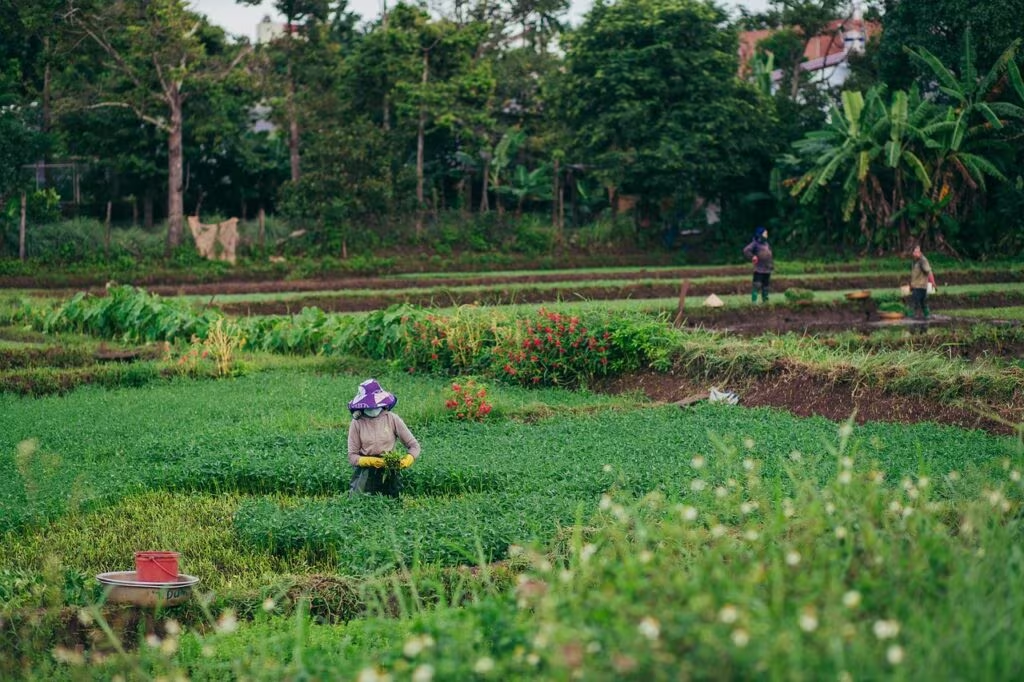The fall of 2025 marked a historic moment for public health in Pakistan: the launch of the nation’s first-ever campaign to administer the Human Papillomavirus (HPV) vaccine. Designed to protect young girls from cervical cancer, the vaccine is globally recognized as highly effective. However, this crucial preventative measure has been met with a complex reaction, characterized by both encouraging initial success in some regions and significant, often culturally rooted, resistance in others.
This rollout represents a major step in combating cervical cancer, which remains a devastating, yet preventable, disease. The campaign’s trajectory underscores the immense challenges faced by public health initiatives when introducing sensitive new vaccines into communities where trust is fragile and misinformation is rampant.
The Public Health Imperative: Addressing Cervical Cancer
Cervical cancer is the fourth most common cancer among women globally, and in low- and middle-income countries (LMICs) like Pakistan, it often ranks as a leading cause of cancer-related mortality for women. The disease is overwhelmingly caused by persistent infection with high-risk types of HPV, a sexually transmitted virus. The HPV vaccine offers protection long before potential exposure, making early adolescence the optimal time for administration.
Targeting the Vulnerable Population
Health authorities, often supported by global health alliances like Gavi, the Vaccine Alliance, typically target girls between the ages of 9 and 14. This age bracket ensures maximum efficacy, as the vaccine works best before the onset of sexual activity. The campaign’s success hinges on reaching a high percentage of this demographic, ideally achieving coverage rates of 80% or higher to significantly reduce future cancer incidence.

Campaign Execution and Initial Uptake
The initial phase of the campaign saw varied results across Pakistan’s provinces. In areas with strong existing primary healthcare infrastructure and high literacy rates, uptake was relatively successful. Health workers, often female Lady Health Workers (LHWs), played a pivotal role, leveraging established community relationships to explain the vaccine’s benefits.
However, the overall success was hampered by the sheer scale of the logistical challenge and the novelty of the vaccine in a population unfamiliar with its purpose.
Key Challenges in Deployment:
- Logistics and Cold Chain: Ensuring the vaccine, which requires precise temperature control, reached remote and rural areas effectively.
- Training and Education: Rapidly training thousands of healthcare workers to accurately and sensitively discuss a vaccine related to sexual health.
- Community Engagement: Overcoming initial skepticism and fear in conservative communities.
“Introducing a vaccine that addresses a sexually transmitted infection, even one that prevents cancer, requires an entirely different level of cultural sensitivity and communication than, say, a polio or measles campaign,” noted a public health official involved in the rollout.
The Strong Current of Resistance
The most significant barrier to achieving high coverage was the strong resistance driven by widespread misinformation and deeply entrenched cultural norms. Unlike campaigns for childhood diseases, the HPV vaccine targets adolescents and touches upon sensitive topics related to sexuality and fertility, making it highly susceptible to disinformation.
Sources of Opposition
Resistance stemmed from several interconnected factors, often amplified through social media and local religious discourse:
- Fertility Fears: A pervasive rumor, common globally in HPV resistance movements, suggests the vaccine causes infertility or harms reproductive health. This fear is particularly potent in cultures where a woman’s primary value is tied to her ability to bear children.
- Moral and Cultural Objections: Many parents expressed concern that vaccinating their daughters against an STI would be perceived as encouraging or sanctioning pre-marital sexual activity. This moral objection often overrides the concern for cancer prevention.
- Misinformation Campaigns: Organized disinformation efforts, often borrowing narratives from Western anti-vaccine groups, spread false claims about the vaccine’s safety and its supposed hidden agenda.
- Lack of Trust: Historical issues with other vaccination programs (such as the misuse of the polio campaign) have eroded public trust in government-led health initiatives, making communities wary of any new injectable treatment.

The Role of Local Leaders
In areas where resistance was highest, health teams found that securing the endorsement of local religious leaders (Imams) and community elders was essential. When these influential figures publicly supported the vaccine, explaining its preventative nature and separating it from moral concerns, uptake significantly improved. Conversely, opposition from a single respected figure could halt the campaign in an entire village.
Strategies for Sustainable Success
Recognizing that a single-dose campaign would not suffice, health authorities are shifting focus toward a sustained, long-term strategy centered on education and integration.
Key Strategies Moving Forward:
- School-Based Programs: Integrating the vaccine into existing school health programs, where parental consent can be managed more systematically and education can be provided to both students and parents.
- Targeted Communication: Developing communication materials that explicitly address the infertility myth and focus on the vaccine as a cancer prevention tool, rather than solely an STI prevention measure.
- Engaging Male Stakeholders: Recognizing that fathers and male elders often hold the ultimate decision-making power regarding a girl’s health, campaigns must specifically target and educate these male family members.
- Data Transparency: Publicly sharing data on the safety and efficacy of the vaccine, using local testimonials and trusted medical professionals to build credibility.
This initial campaign, while facing expected headwinds, provides invaluable data for future public health efforts in Pakistan and other LMICs. It confirms that the success of complex preventative health measures is less about the efficacy of the drug and more about the effectiveness of culturally sensitive communication.

Key Takeaways from the 2025 HPV Rollout
- Historic First: The Fall 2025 campaign was Pakistan’s first national effort to deploy the highly effective HPV vaccine against cervical cancer.
- Dual Outcome: The rollout achieved moderate success in urban, well-resourced areas but encountered strong, organized resistance in conservative and rural communities.
- Core Resistance: Opposition is primarily fueled by fears that the vaccine causes infertility and cultural concerns that it implicitly encourages pre-marital sexual activity.
- E-E-A-T in Action: The campaign’s future success relies heavily on the Lady Health Workers (LHWs) and their ability to build trust and counter misinformation at the community level.
- Future Focus: Authorities are planning to integrate the vaccine into school health programs and intensify communication strategies that focus on cancer prevention rather than STI prevention.
Conclusion: A Long Road to Eradication
Pakistan’s inaugural HPV vaccination campaign serves as a powerful case study in the intersection of modern medicine and deeply rooted societal beliefs. While the medical community possesses the tools to virtually eliminate cervical cancer, achieving that goal requires overcoming significant social and cultural hurdles. The initial resistance highlights the necessity of sustained, culturally nuanced public health diplomacy. For the campaign to transition from a pilot effort to a successful national program, health officials must continue to collaborate closely with community leaders, prioritize transparency, and tirelessly counter the disinformation that threatens the health of an entire generation of young women.
What’s Next
Moving into 2026, the focus will shift from rapid deployment to sustained integration. Global partners, including Gavi, are expected to continue providing crucial funding and technical assistance. The immediate priority is refining the communication strategy based on the lessons learned in 2025, ensuring that the vaccine is framed clearly as a life-saving, anti-cancer measure, thereby safeguarding the health and future productivity of millions of Pakistani girls.
Original author: Text and photos by Betsy Joles
Originally published: November 9, 2025
Editorial note: Our team reviewed and enhanced this coverage with AI-assisted tools and human editing to add helpful context while preserving verified facts and quotations from the original source.
We encourage you to consult the publisher above for the complete report and to reach out if you spot inaccuracies or compliance concerns.

